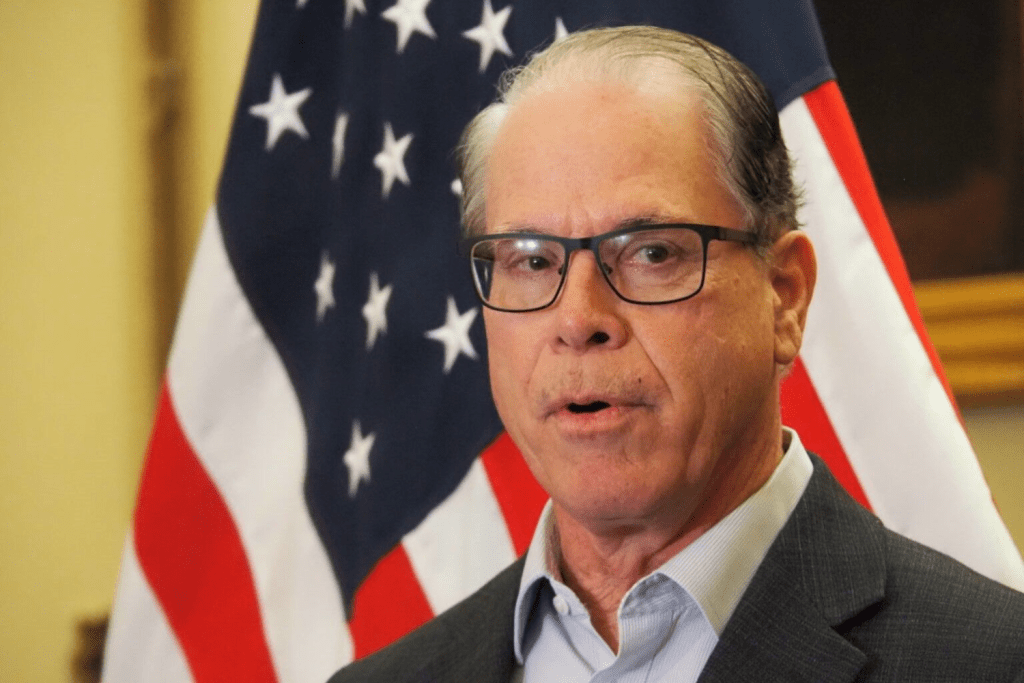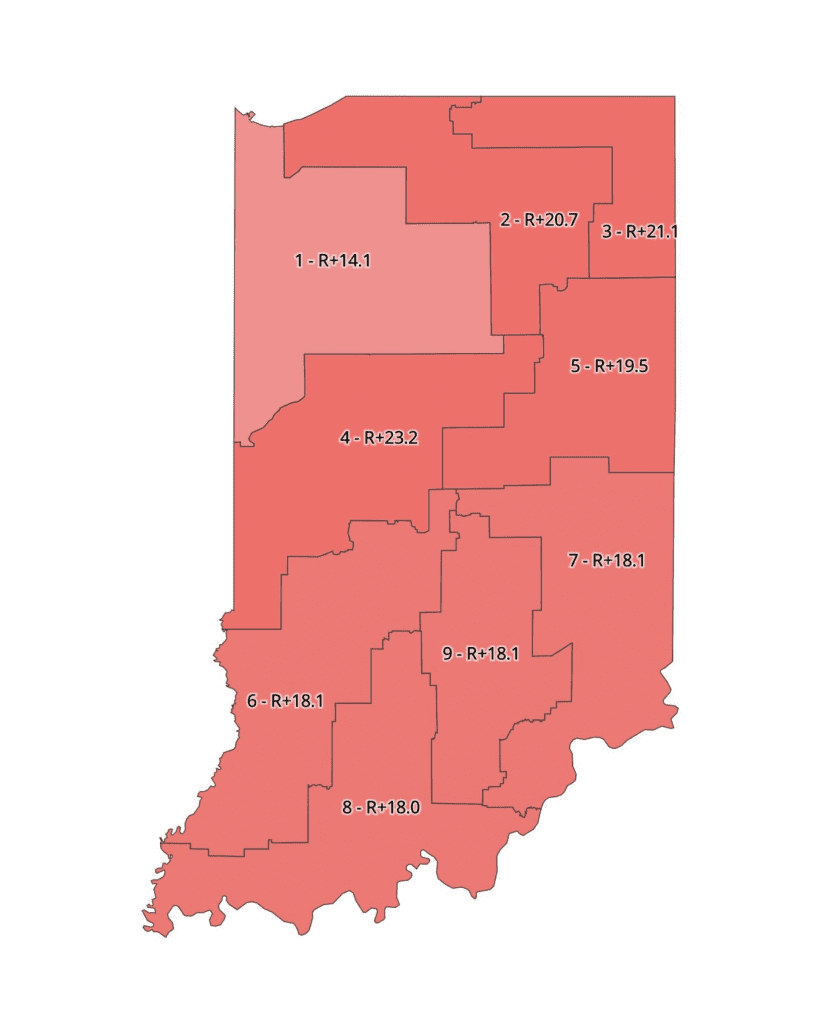Mike Braun to call special session so Republicans can erase Indiana’s last Democratic seats in 2026 redistricting coup
Indiana is poised for a high-stakes showdown as Republicans rally behind plans to redraw the state’s congressional map in the weeks ahead, with Governor Mike Braun preparing to convene a special legislative session meant to redraw the lines in a way that could eliminate both of the state’s remaining Democratic-held U.S. House seats. The push comes amid mounting pressure from Trump allies and national GOP leadership anxious to expand their majority in Congress. Already, lawmakers in both chambers are privately voting and whispering over new maps, while the White House leans in to steer the Hoosier State toward a full red takeover.

Sources familiar with the situation say the internal dynamics in Indiana have shifted dramatically in recent weeks. GOP leadership is actively polling members and gauging support, and a special session is likely to be scheduled around November, a time when many legislators are already heading to the statehouse for organizational meetings. Gov. Braun has hinted for months that redrawing congressional boundaries is under serious consideration, and his recent remarks suggest he’s prepared to pull the trigger when the political calculations align.
In 2025, redistricting typically follows the decennial census — but under the Trump-era strategy now driving GOP efforts, states where Republicans hold power are being urged to act ahead of 2026 to lock in favorable House maps. Indiana already sends seven Republicans and two Democrats to Congress, and many in the party see an opportunity to redraw the 1st and 7th districts, both held by Democrats, to yield a clean 9–0 GOP result.

Vice President J.D. Vance has personally visited Indianapolis multiple times, meeting with state legislators and Gov. Braun’s team to press for results. Republicans in Congress and at the White House have signaled that Indiana should follow the redistricting footsteps of states like Texas and Missouri, which have already moved to redraw maps midway between censuses.
Yet significant resistance remains. Some state senators and representatives continue to question the wisdom or legality of mid-cycle redistricting, arguing that the map drawn in 2020 (by Republicans) already gave the GOP ample advantage. Others fear backlash from voters or courts, especially if changes are perceived as diluting minority representation.

Democrats have quickly rallied opposition. Indiana Senate Democratic leaders issued statements decrying the redistricting push as an attempt to “rig the map” and silence dissenting voices. Former Transportation Secretary Pete Buttigieg, an Indiana native, traveled to Indianapolis recently to lead protests, warning that any effort to redraw districts midterm threatens foundational principles of fair representation.
As the calendar turns toward late 2025, attention now focuses on timing. Some analysts believe the special redistricting session could coincide with Organization Day in November, when lawmakers gather at the state capitol. Others believe maps might be adjusted during the early 2026 legislative session, though doing so would cut close to candidate filing deadlines. Either way, the window is narrowing.

What the final maps will look like is still being debated. Political maps shared online by conservative strategists suggest a plan that leaves no Democratic seat intact — a sweeping R+19 layout that purports to respect race-neutral rules while delivering a 9–0 Republican congressional delegation. Whether Indiana lawmakers adopt that draconian version or a more modest version remains to be seen.
For Republicans, the stakes are existential: a favorable map could lock in control of Indiana’s delegation for a decade or more, and send a signal to other red states to follow suit. For Democrats, it’s a fight for their last foothold in a state rapidly tilting red. For voters, it’s a demonstration that political power isn’t just won at the polls — it can be redrawn at the stroke of a pen.



